Funny stuff, water. The most abundant liquid on our planet, universal solvent, major constituent of all living matter; yet water is far from fully characterised
Funny stuff, water. The most abundant liquid on our planet, universal solvent, major constituent of all living matter; yet water is far from fully characterised.
For years I cherished a minuscule aerosol pack of water I found in an airline comfort pack with instructions to spray my forehead if the cabin got too warm. I believed it must rank among the world’s most expensive waters. Then a story in the Observer newspaper in September 2005 reported the UK debut of an Australian product, oxygen4life, claiming to be water beefed up with ’liquid oxygen’.
The Aussie idea seems to be that the extra oxygen will be absorbed through the alimentary system to give the consumer a performance-enhancing energy boost. It costs ?39.99 per 250ml. The ’oxyshots’ are taken in 10ml doses once or twice daily.
It’s a bit early to gauge the commercial success of oxygen4life. But there’s no doubt that the water bottlers have persuaded huge numbers in the richer countries that their products are superior to tap water. According to Mike Hurst, an industry consultant, most UK bottled waters travel 400 to 500 miles to their consumer from their origins in the UK or France. Companies are spending more than ?2 million a day to replenish their water coolers.
Purity is the predominant claim. Tap water contains traces of minerals characteristic of the terrain from which it comes, and sometimes additives such as chlorine and fluorine.
A laboratory in California, US, has a mission to investigate the chemistry and physics of pure water more deeply than anyone has done before, with the help of a supercomputer called Thunder. Lawrence Livermore National Laboratory near San Francisco is devoted to defence, national security and bioscience. Water interests its scientists because it’s so ubiquitous, so relevant to activities such as the integrity of the US nuclear weapons stockpile - and so little understood.
For example, water has at least four liquid phases, and up to 14 different solid phases. Given its low molecular weight, at ambient conditions it should be a gas, not a liquid. Its boiling point is nearly 200?C higher than molecules of a similar size. When it melts, those molecules pack more, not less, closely, so ice floats.
Ice melts under slight pressure - beneath the blade of an ice skate - but at high pressure the substance stays frozen. Christopher Mundy heads a team of chemists using Thunder to model water under changing conditions, including extremes of pressure and temperature.
Water’s peculiar properties are rooted in its electronic structure: a V-shaped molecule comprising an oxygen atom sprouting two hydrogen atoms, with an electron density around the oxygen 10 times that of the hydrogen. Electrically, the molecule is a dipole.
Water is the only known substance which is most dense when liquid, these chemists assert. Which is why ice floats, of course. It also has exceptional heat capacity, a property that prevents our planet getting too hot or too cold. By slowing down temperature changes, its water - 70 per cent of the Earth’s surface - makes possible the conditions for life. At a cellular level, water buffers organisms against uneven heating or cooling.
It also takes a lot of solar energy to evaporate water - four times as much as the energy needed to heat a given mass of dry air by 1?C is needed to similarly heat the same amount of water.
The fluid’s dielectric constant - its tendency to interact with electric fields - and the way it neutralises the attraction between electric charges allow it to buffer the forces between dissolved ions and molecules. This accounts for its powers as a solvent.
Mundy says many chemicals they want to study are too hazardous. ’If our codes and models can fully characterise a fluid as complicated as water, we are hopeful that they can be used in Livermore’s national security research.’
David Fishlock


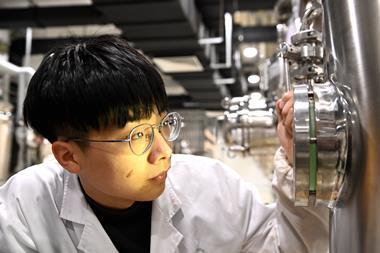

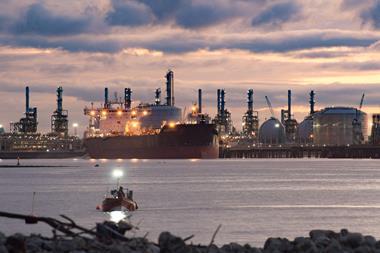
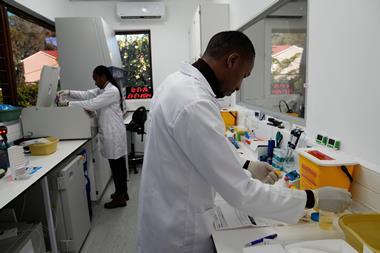


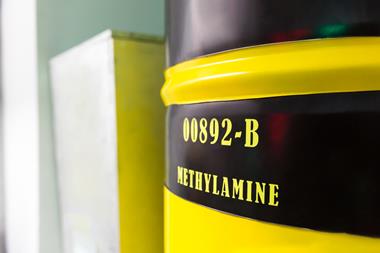


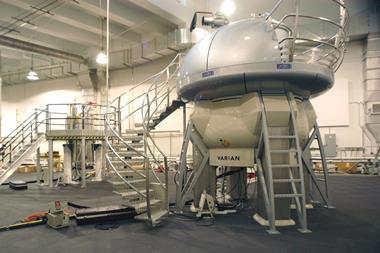
No comments yet